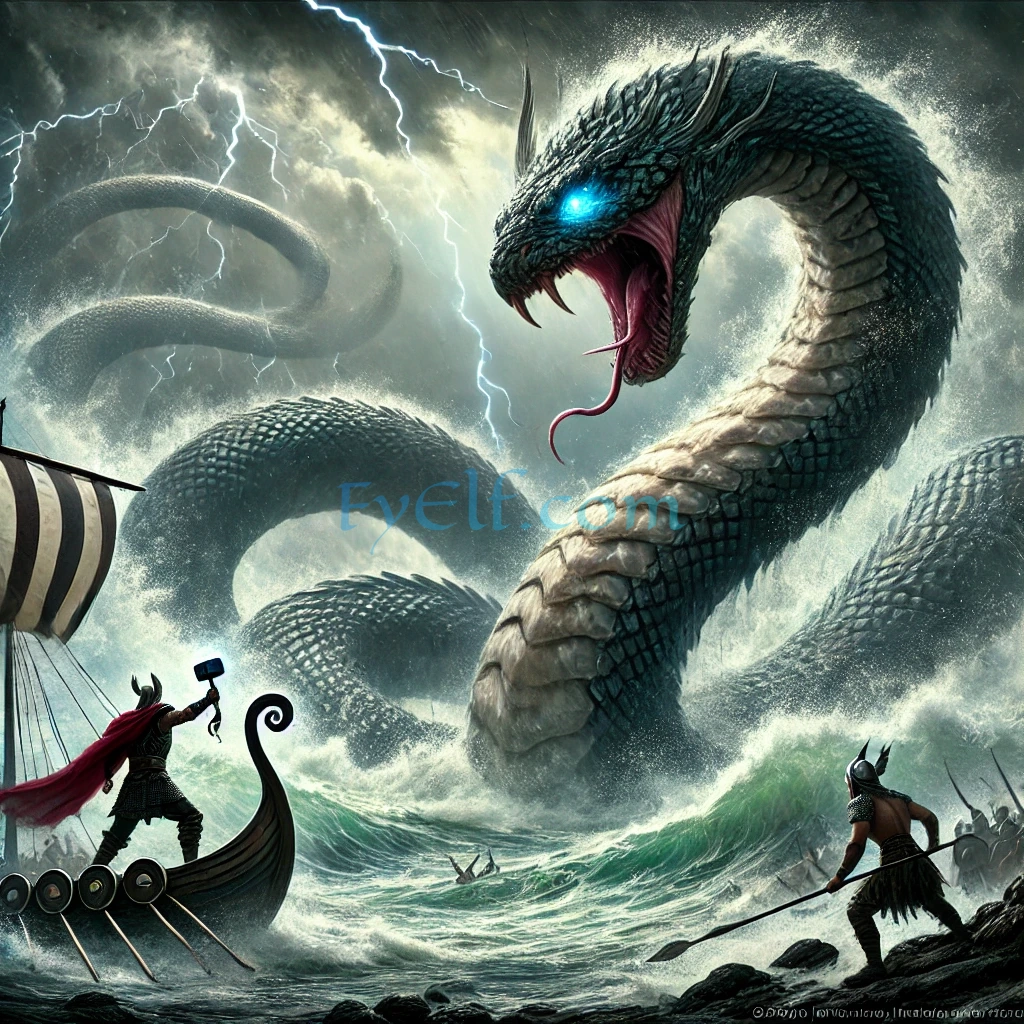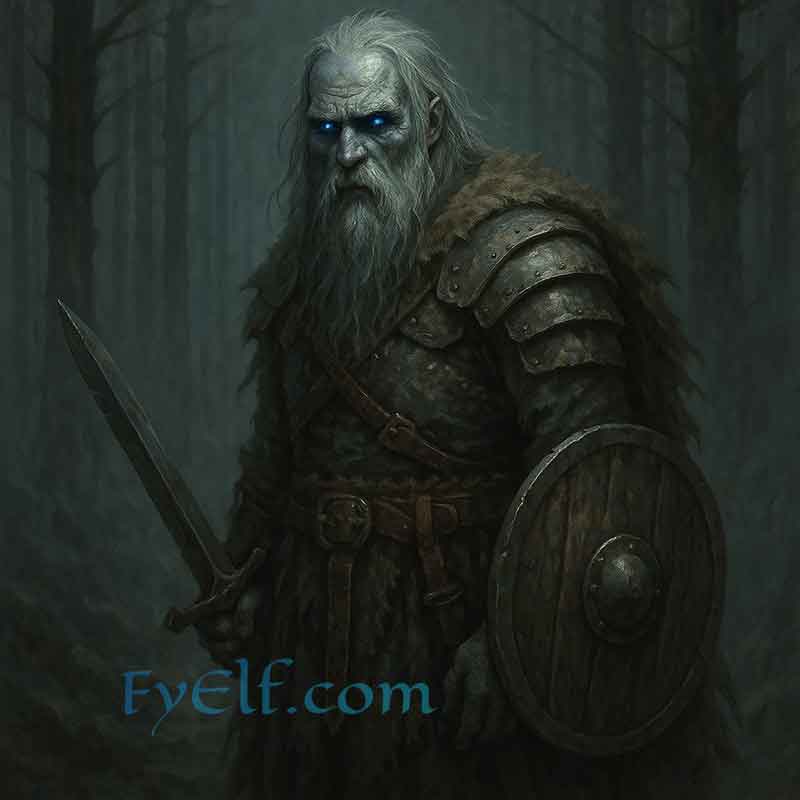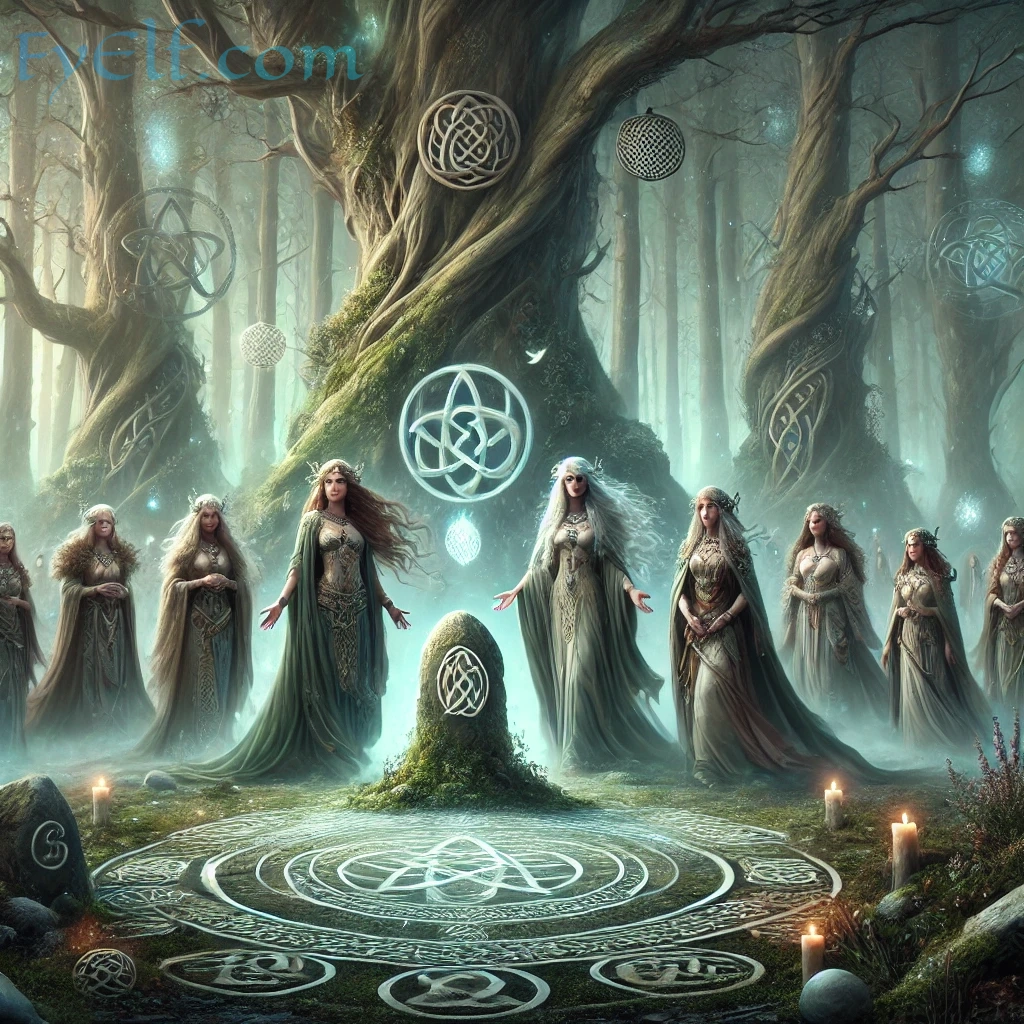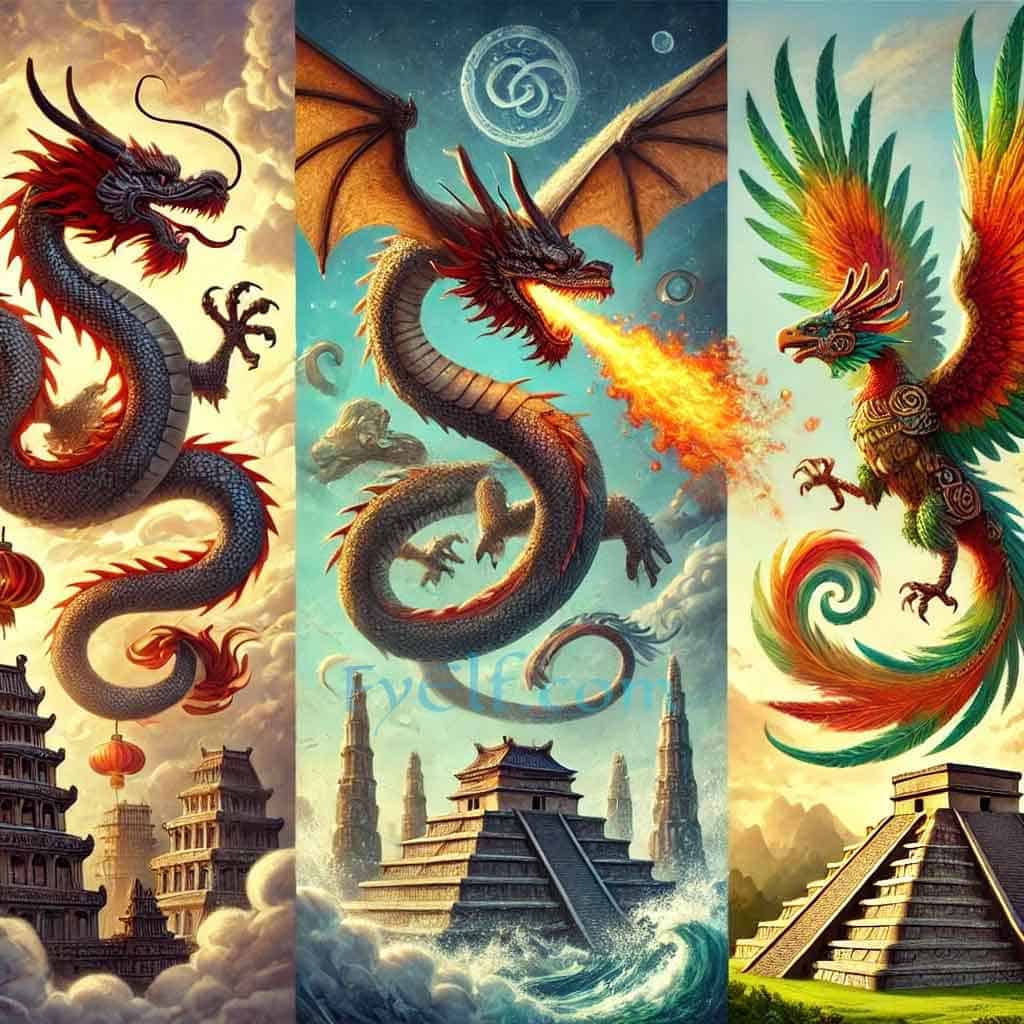The Midgard Serpent, known as Jörmungandr, is a colossal sea serpent in Norse mythology. Encircling the entire Earth, Jörmungandr represents chaos, power, and the cycle of life and death. His fate is tied to Ragnarok, the end of the world, where he will face Thor, the thunder god. Jörmungandr’s significance extends beyond myth, inspiring ancient Viking art and modern interpretations of Norse legends.
The Origins of Jörmungandr
Jörmungandr is one of the three monstrous offspring of Loki, the trickster god, and the giantess Angrboda. Alongside his siblings—Fenrir, the giant wolf, and Hel, the ruler of the underworld—Jörmungandr is a force of destruction. To contain his power, Odin cast him into the ocean that surrounds Midgard (the human world). Over time, Jörmungandr grew so large that he encircled the world, biting his own tail. This represents the ouroboros, an ancient symbol of life, death, and rebirth.
Jörmungandr’s Rivalry with Thor
- The Fishing Expedition: In one myth, Thor tries to catch Jörmungandr while on a fishing trip with the giant Hymir. Using an ox head as bait, Thor hooks the serpent and pulls him from the sea. Just as Thor is about to strike, Hymir cuts the line, fearing Jörmungandr’s wrath. This battle shows Thor’s struggle to control the chaos embodied by the serpent.
- The Final Battle: Ragnarok: During Ragnarok, Jörmungandr rises from the sea, flooding the land. Thor and Jörmungandr face off in a final confrontation. Though Thor slays the serpent, he succumbs to Jörmungandr’s venom shortly after, symbolizing the cycle of destruction and renewal in Norse mythology.
Symbolism of Jörmungandr in Norse Culture
- Cycle of Life and Death: Jörmungandr’s form as the ouroboros symbolizes the cyclical nature of life in Norse mythology. His presence marks both the beginning and end of time, reflecting the Norse belief in fate.
- Chaos vs. Order: Jörmungandr’s confrontations with Thor represent the balance between chaos and order. Thor, the protector of Midgard, embodies order, while Jörmungandr represents the forces of chaos threatening the world. Their final battle at Ragnarok illustrates the collapse of order and the creation of a new world.
- Destruction and Renewal: Jörmungandr’s role in Ragnarok reflects a key Norse belief—destruction is not the end but the start of renewal. His death marks the beginning of a new cycle, a central theme in Viking mythology.
Jörmungandr in Viking Art and Jewelry
Jörmungandr, along with other dragons and serpents, frequently appears in Viking art. These creatures are often carved into Viking ships, shields, and weapons, symbolizing protection, strength, and fearlessness.
Viking Jewelry
For those intrigued by Viking mythology, dragons and serpents are often seen in Viking jewelry designs. These motifs reflect the balance between chaos and order. They can be found across collections that draw inspiration from Norse mythology.
If you are fascinated by Viking jewelry, explore the Viking Jewelry Collection from Small Heritage. This collection features dragon and serpent designs inspired by the legendary myths of Jörmungandr and other Norse creatures. For more specific designs that celebrate Jörmungandr, browse the Dragon & Serpent Jewelry Collection for unique, hand-crafted pieces.




